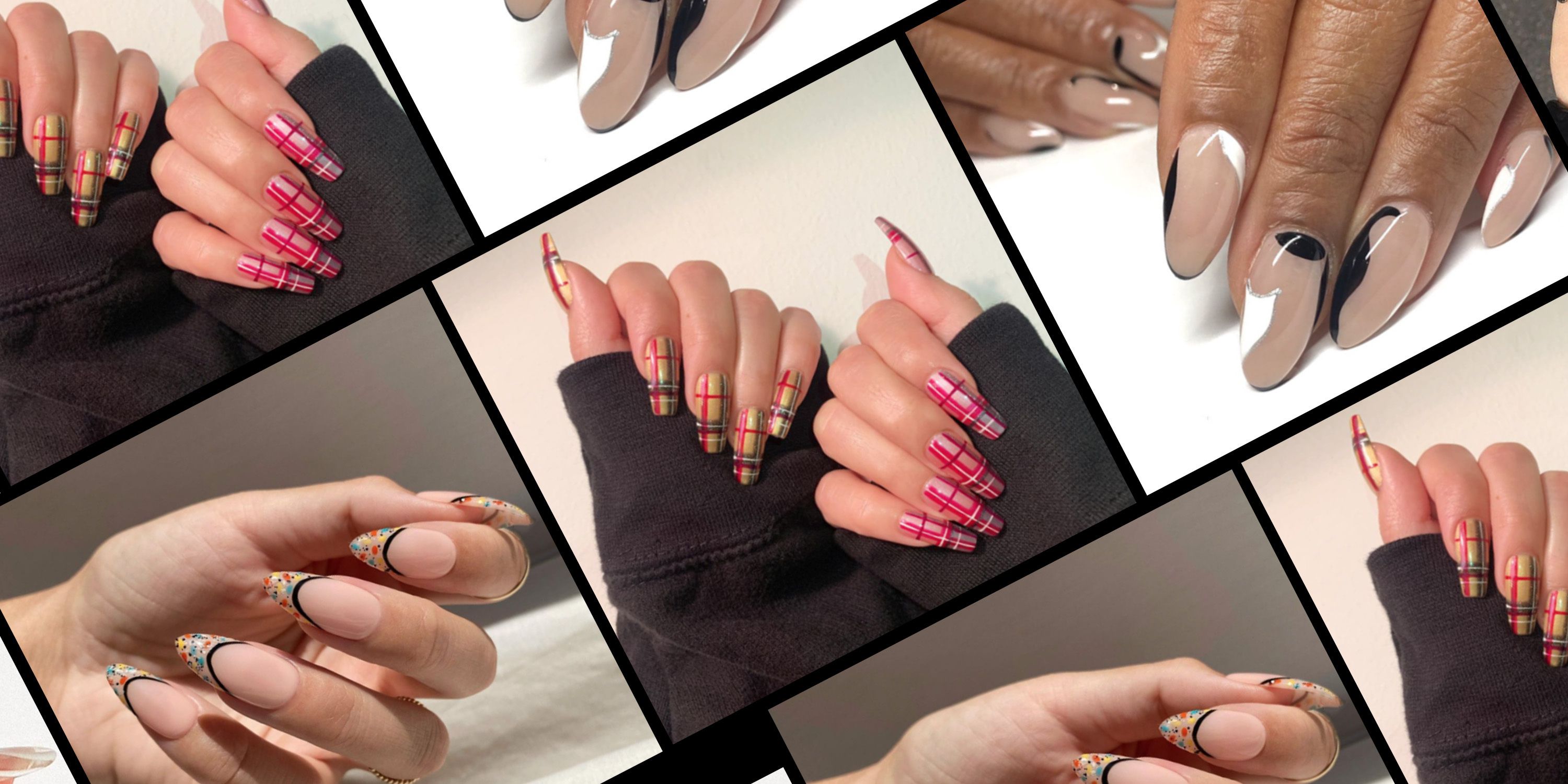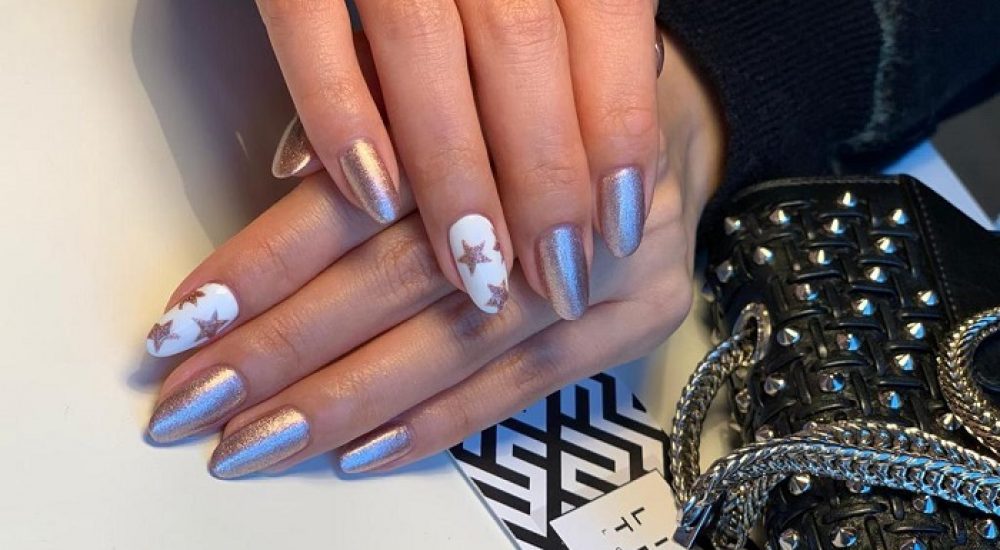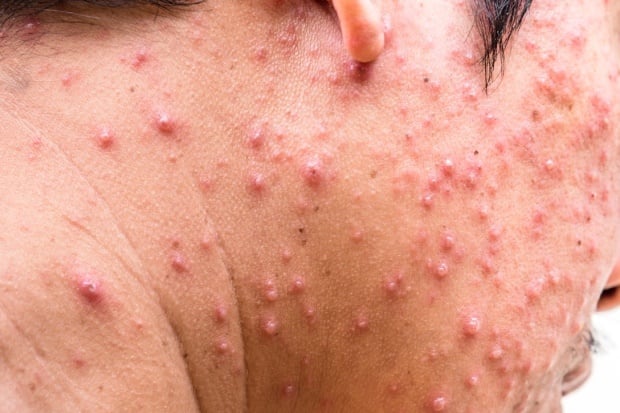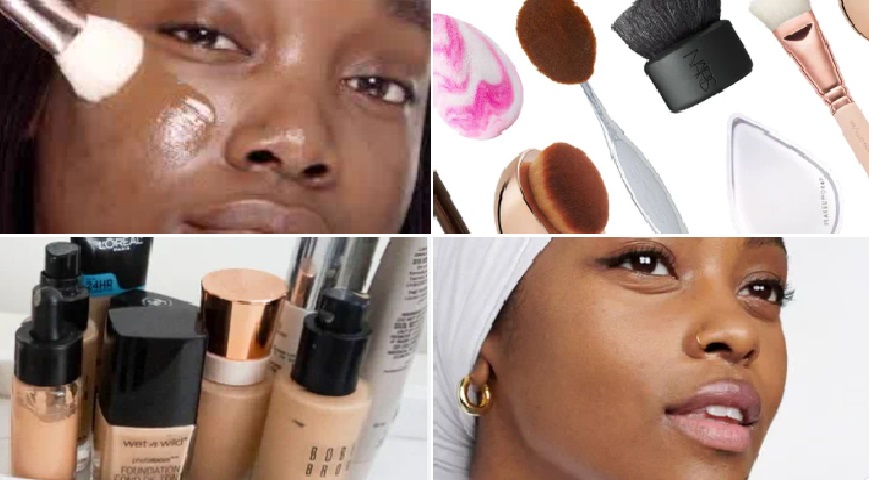A particular kind of artificial nail extension, nail acrylics, is created by mixing liquid monomer with powder polymer. To make a strong and long-lasting nail extension, the mixture is placed on the native nail and then sculpted into shape before setting.
Natural nails can be lengthened or strengthened with acrylic nails, broken or damaged nails can be covered, or the look of the nails can be improved. They can be embellished with different nail art styles and painted with conventional nail polish or special acrylic paints.

A trained nail technician should only apply acrylic nails, as improper application or removal can damage the natural nail. It is also important to properly care for acrylic nails by avoiding harsh chemicals and not damaging them with excessive force or pressure.
It looks and feels good when nail acrylics are applied, but there is a disadvantageous part to it.
Did you read this?
Below are five disadvantages of applying nail acrylics:
1. Damage to natural nails
Natural nails can become weak and harmed by acrylics. The top layer of the natural nail may peel or chip away when the acrylics are removed, leaving it fragile and brittle.
2. Allergic reactions
The chemicals in acrylic nails have the potential to trigger allergic reactions in certain people, leading to nail-bed redness, swelling, and itching.
3. High maintenance
Regular maintenance is necessary for acrylic nails, including filling and maintenance visits as well as additional care to prevent breaking or lifting.
4. Risk of infection
If the nail technician is not careful or if the tools used are not properly sanitized, there is a risk of developing a nail infection.
5. Limitations in lifestyle
Wearing acrylic nails can limit the types of activities you can participate in. For example, they can make it difficult to type on a keyboard, play certain sports, or do certain household chores. Additionally, the chemicals used in acrylics can make it more challenging to apply sunscreen or to use certain skin care products on your hands.












